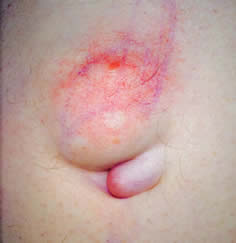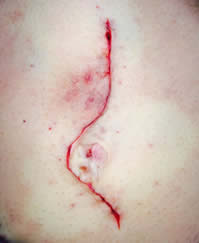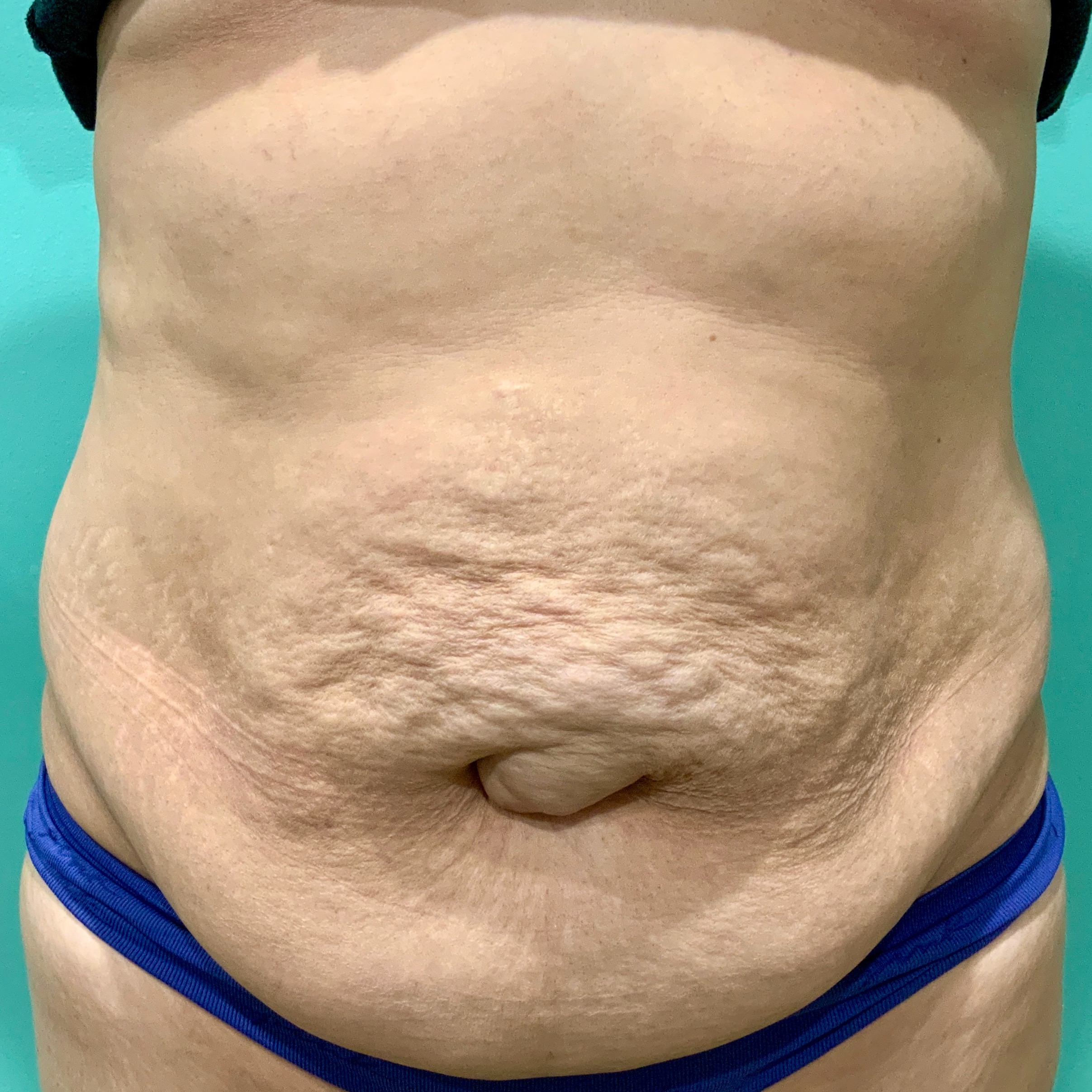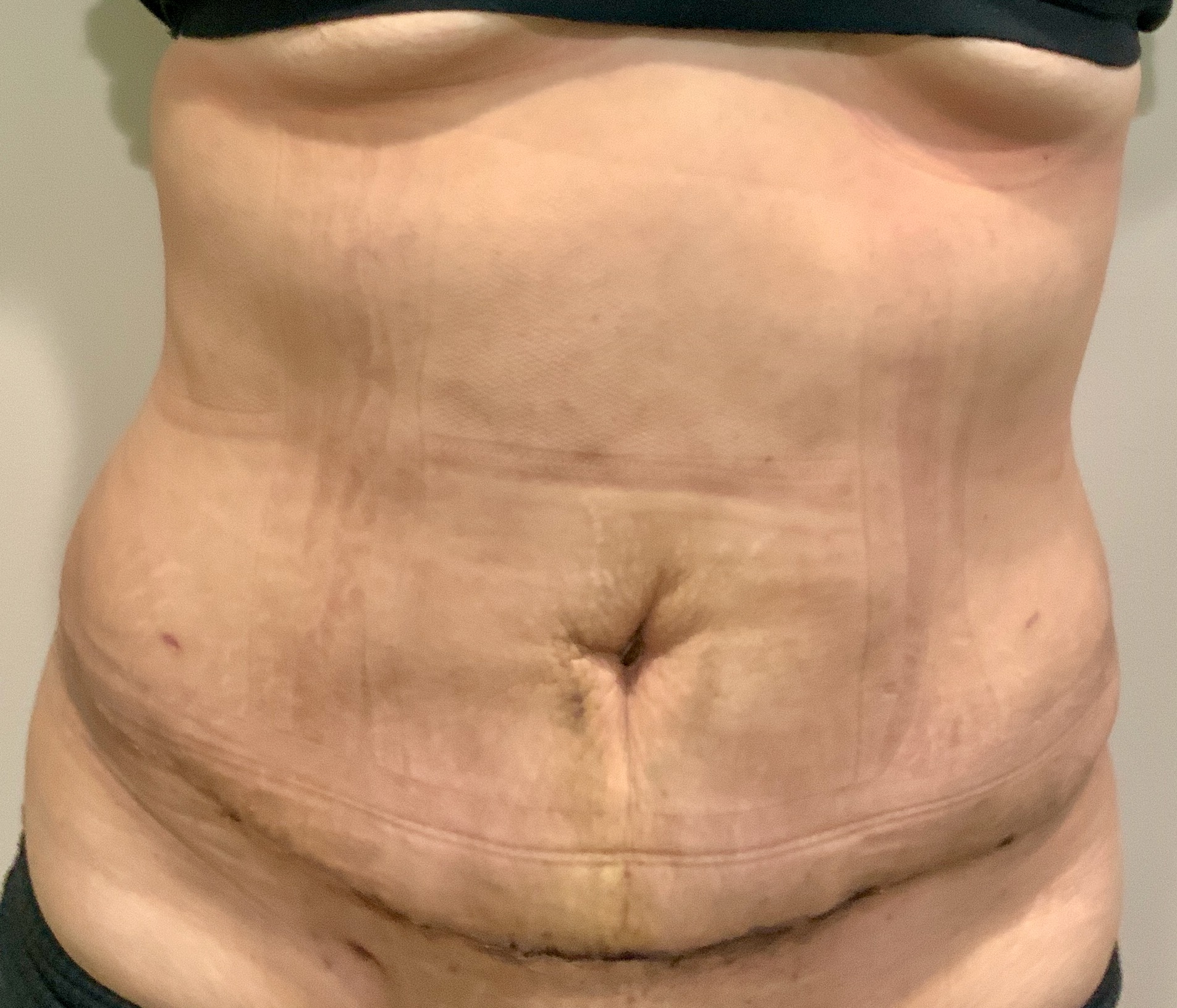Hernias are relatively common and easily treatable. However, if you don’t receive the proper care for your hernia, you can develop serious health complications that can impact your body in the long term. With no mesh ventral hernia surgery, you can receive the treatment you need to repair your muscle tissue without the use of foreign bodies.
You can get the expert care you need to help your body heal at U First Health & Rejuvenation. We perform our no mesh ventral and incisional hernia repairs using the patented Tomas Technique— a method that isn’t usually employed anywhere else in the United States. Our mission is to deliver the most personalized procedures to help you achieve optimal health.
What Are Ventral Hernias?
Ventral hernias refer to tissue or intestinal protrusions through the abdominal wall. When the abdominal tissue or intestine pushes through the muscle layer, a perceivable bulge surfaces in the stomach area.
Causes of Ventral Hernias
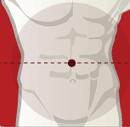
Ventral hernias can result from various risk factors and health circumstances, including:
- Chronic coughing.
- Obesity.
- Heavy lifting.
- Pregnancy.
- Bowel strain.
- Lung diseases.
- Previous abdominal surgery.
Symptoms of Ventral Hernias
There are many symptoms that can help you determine whether you have a ventral hernia. You may not initially experience much discomfort in the early stages of the hernia formation, but there are still subtle signs you can look out for:
- Abdominal lump or bulge
- Discomfort or pain in the abdomen
- Pain when lifting heavy objects
- Trouble urinating or strained bowel movements
- Nausea or vomiting
- Rapid heart rate
What Are Incisional Hernias?
Like ventral hernias, incisional hernias are also intestinal protrusions in the abdomen wall. However, incisional hernias occur as the result of an abdominal operation involving an incision that gets weakened. A protrusion can result from this area of weakness.
Causes of Incisional Hernias
These abdominal protrusions often arise three to six months following incisional surgeries due to several driving factors:
- Excessive or premature physical activity
- Significant weight gain
- Pregnancy
- Increased abdominal pressure
Symptoms of Incisional Hernias
There are numerous warning signs that indicate an incisional hernia — many of which are similar to those of ventral hernias. If you’re experiencing any of these symptoms following surgery, you may have an incisional hernia:
- Constipation, diarrhea or thin stool
- Nausea or vomiting
- Rapid heartbeat
- Abdominal discomfort or pain
- Abdominal bulging
About No Mesh Ventral or Incisional Hernia Repair
No mesh hernia repair is a surgical technique used to correct ventral and incisional hernias without the use of mesh. Mesh is made from foreign bodies like animal tissue and synthetic materials like polyester and polypropylene, both of which can result in infection and internal damage. However, the Tomas Technique eliminates the use of mesh, minimizing the risk of complications.
What Is the Tomas Technique?
The patented Tomas technique involves closing the defect or hole in the abdominal wall using three different forms of suturing. The suture that is used in the technique is non-absorbable suture that stays with you for life. The Tomas technique reduces the health risks associated with mesh while providing excellent clinical and economic benefits under local or general anesthesia.
Benefits of the Tomas Technique
The Tomas technique allows patients to experience the many advantages of incisional and ventral no mesh hernia surgeries. This method utilizes your body’s natural tissues and eliminates the risk of chronic pain, infection, migration and other internal damages that often come with mesh surgeries.
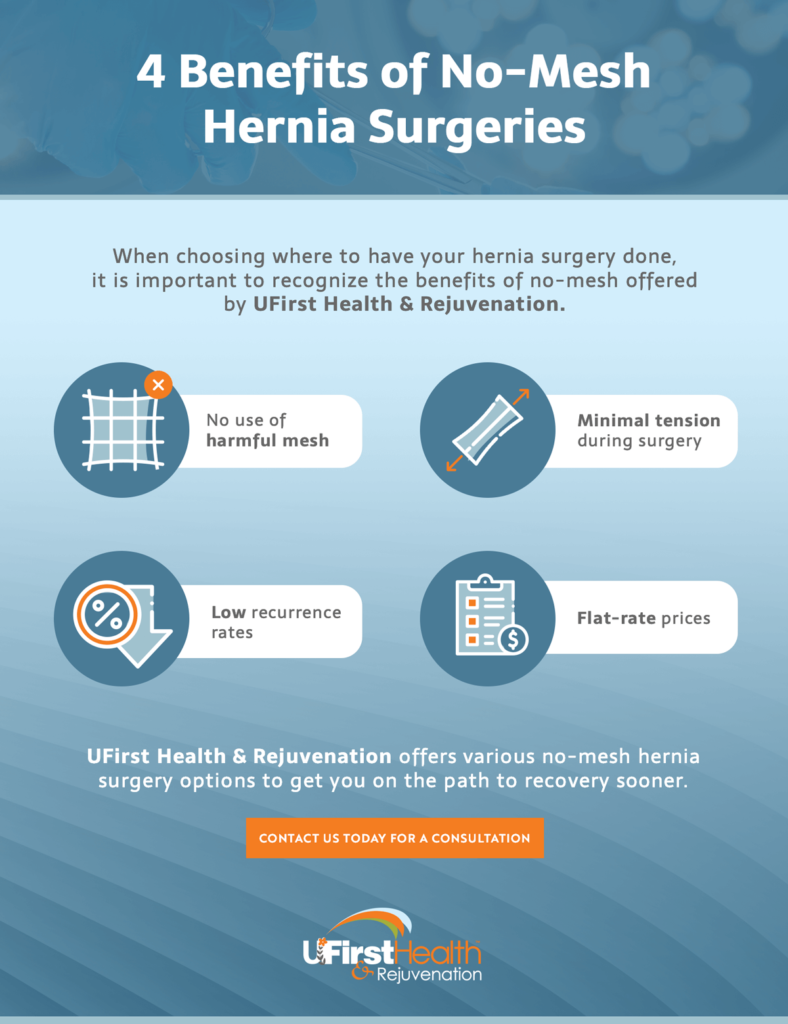
When you receive no mesh repairs with U First Health & Rejuvenation, you’ll reap the benefits of the Desarda technique for inguinal hernias or Tomas Technique for umbilical, ventral or incisional hernias:
- Minimal post-operative pain
- One-night hospital stay
- Fast recovery
- No required laparoscopy
- No foreign implants
- Long-term reinforcement
How It Works
Following the patented Tomas technique, the doctor begins by closing the defect in the abdominal wall, fascia. This defect in the abdominal wall is closed with a non-absorbable running suture technique. He then will repair the hernia further with two different suture techniques. This repair will extend 2-3 inches above and below the primary defect (hernia). This is a tension repair and involves non-absorbable sutures, but no mesh. There is a 4% recurrence rate with this repair.
Who We Are
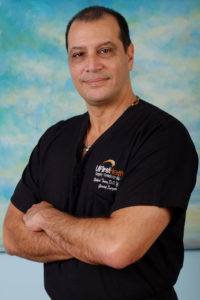
At U First Health & Rejuvenation, we are the experts in no mesh hernia surgery involving the Desarda technique for inguinal hernias/Tomas Technique for umbilical/ventral and incisional hernias. We have performed over 4,000 surgeries using patients’ muscles to reconstruct the navel/abdominal wall and groin areas with exceptionally low recurrence rates. As one of the most accomplished no mesh medical practitioners in the U.S., you can trust us to perform hernia repairs with the utmost care and professionalism.
Our surgeons, Dr. Robert Tomas is the only surgeon in the country who is personally endorsed by Dr. Desarda as the Desarda Hernia Center of the United States®. Dr. Tomas has performed over 4,000 no mesh hernia surgeries since 2009, using the most precise and accurate surgical techniques. Dr. Tomas received his medical degree from the Nova Southeastern College of the Health Sciences in Florida and is Board-certified by the America College of Osteopathic Surgeons (ACOS).
What Is the Process for Getting Surgery?
Your surgical process at U First Health & Rejuvenation will involve three main steps.
Pre-Operative Consultation
You will turn in paperwork, discuss your medical history with an assistant and eventually meet with Dr. Tomas for a preliminary examination. He will recommend procedures based on your needs and answer any questions you may have. Next, you will pay for the operation before having your labs drawn or receiving an EKG.
Surgery Day
On the day of your surgery, you’ll go through the check-in process before receiving your IV. You’ll be able to discuss the details of your procedure with Dr. Tomas and your anesthesiologist before the surgery begins. After the operation, a recovery nurse will go over post-operative instructions and provide you with your medications before discharging you and wheeling you to your vehicle.
Post-Operative Instructions
After the operation, be sure to ice your wound for 20 minutes every two hours over the first 48 hours before showering. You can replace your lidocaine patches after the first 24 hours, but be sure to replace the large bandage after application. You can remove the large bandage after 48 hours, but do not remove the small white Steri-Strips that sit over your incision until ten days after your surgery.
Be sure to walk for 15 minutes every couple of hours and hold your incision area when coughing, sneezing or laughing. You’ll need to wear your abdominal binder for 24 hours a day during the first month for umbilical/ventral and incisional hernia repairs.
If you experience drainage or a temperature of over 100.5 degrees, please contact us immediately.



